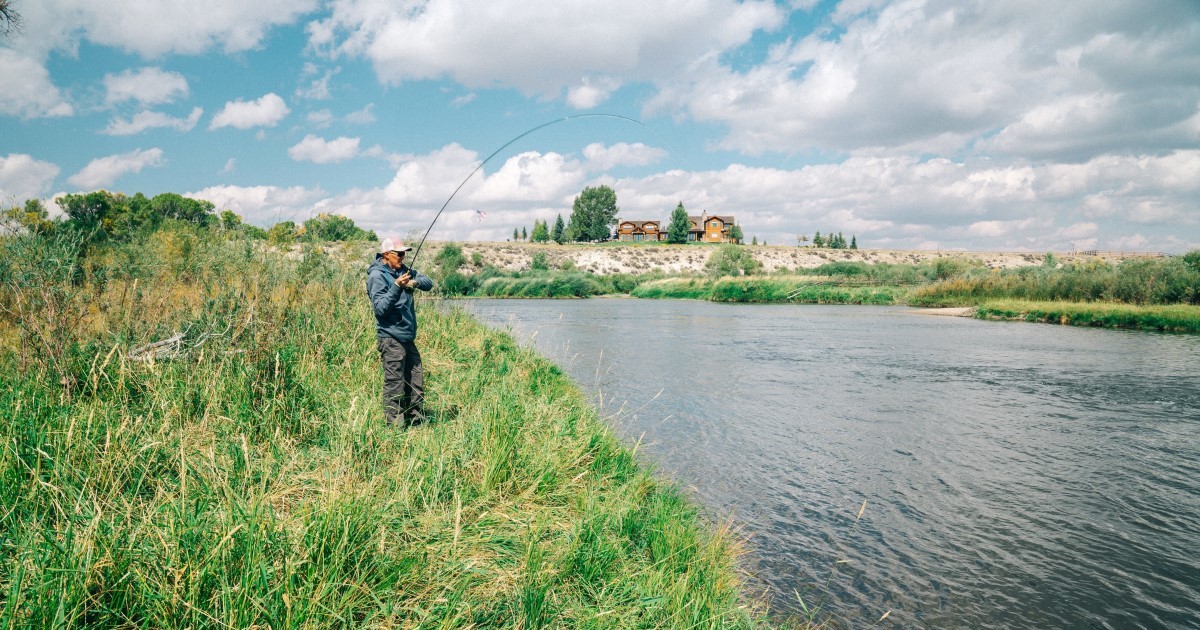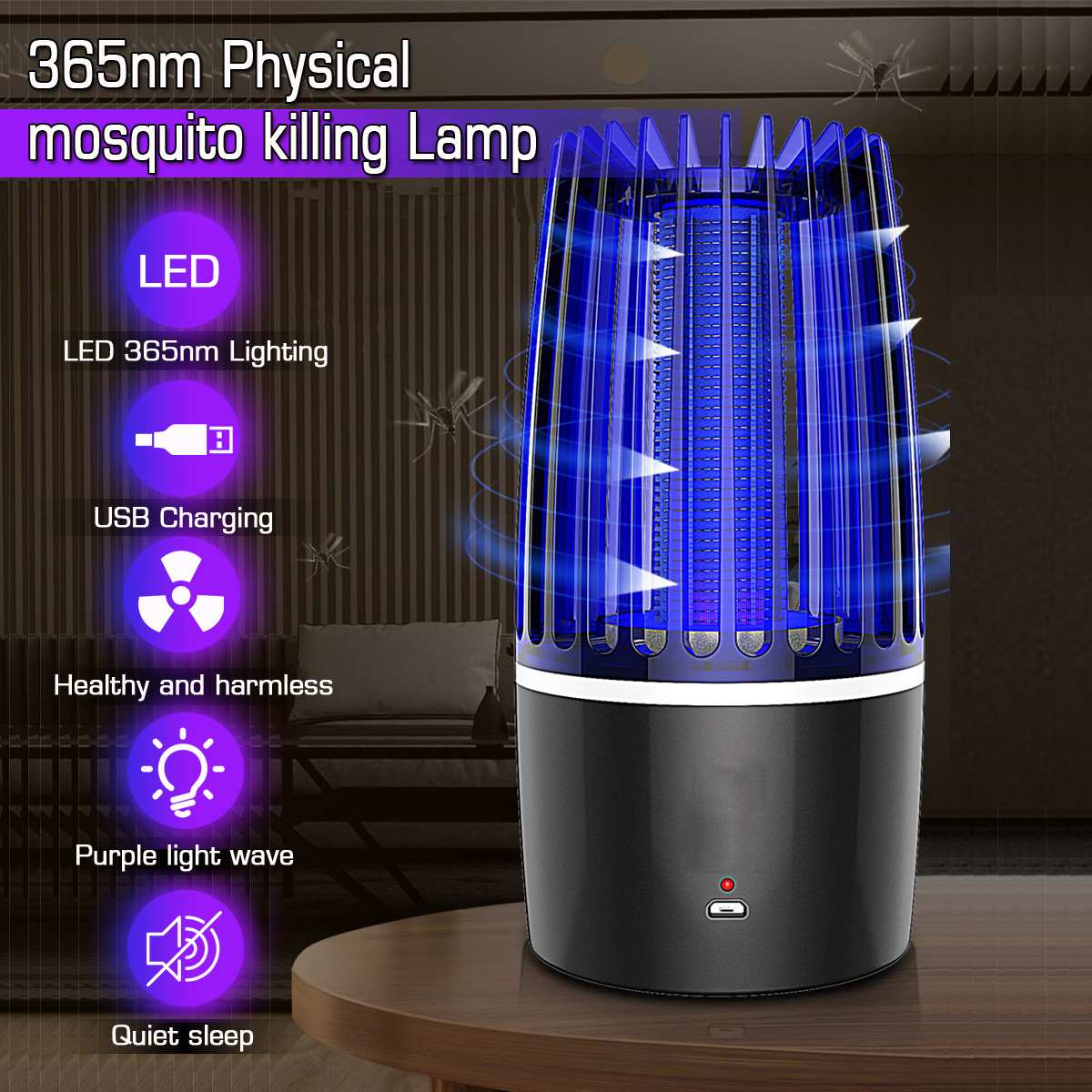This post contains affiliate links and as an Amazon Associate, Alpha and Omega Outdoors may earn from qualifying purchases.
Trying to trap bobcats in snow can be a significant challenge but it gives you one major advantage. When you are trapping in the snow, it will be much easier to determine a bobcat’s travel routes. However, bobcats are very intelligent predators and are naturally cautious about new elements in their environment. Therefore, you must be careful on how you make your sets and where you put them.
What Will Attract a Bobcat?
Bobcats are very visual hunters and rely heavily on their eyes to find and kill prey, so put up a few feathers or other tell-tale signs of potential prey. They also track very well using their nose and are attracted to many types of smells. If you have any catnip toys, powder, or oils for your house cat, you can use them to draw a bobcat. Many bobcats love this smell and will walk right into the most apparent set to investigate.
Bobcats are also attracted to many types of herbal oils, such as asafetida and valerian powder. Bobcats like that type of intense smell because it often mimics that of their potential prey. Try to scatter this smell all around your bait and throughout the set, placing the bait at the far end of your set when possible. If you have bobcat scent glands or urine, scatter this about as well. House cat urine may even suffice.
What Bait Works Best To Trap Bobcats In Snow?
Like most cats, the bobcat is something of an apex predator – which means they love meat. A good bobcat bait can consist of a handful of different meats, specifically of the type that a bobcat would naturally find in its environment. For example, fish, squirrel, rabbit, and mice blended and flavored with a bit of skunk essence makes an excellent paste bait for bobcats.
When you are trying to trap bobcats in snow you should remember that the cold weather could keep scent from traveling as far. To combat this, let your meat “age” to give it a stronger smell. Just remember that if possible, use meats that would be natural for the bobcat to eat. Most bobcats are intelligent and can sometimes be skittish eaters. However, you can use other types of meats, such as beef or chicken, in a pinch.
Which Set Is Best To Trap Bobcats In Snow?
The most important thing for you to keep in mind when deciding which set is best to trap bobcats in snow is WHERE to place your set. It can be hard to pull a bobcat very far from travel routes. Therefore, you want to find a natural travel route for the bobcats in your area and make your sets relatively close. Having snow makes this so much easier, since you can find fresh track to determine travel routes.
Cubby Sets For Bobcats
If you are trying to trap a bobcat in the snow, a cubby set may be your best choice. However, there are some important steps you should take when building this set.
- Remember that cats do no back up and will be reluctant to enter a space that is too small for them to turn around inside. Be sure to build the cubby large enough for the bobcat to turn around.
- Build a natural looking cubby using materials from the area. This could include logs, sticks, or brush from the area leaned against a tree with an entrance toward the front.
- Bait the set by hanging a fairly large piece of bait in the very back of the cubby. Make sure you are also using a lure with a strong musk smell. Place some of the lure along the top of the entrance and a liberal amount toward the back.
- Place the trap just inside the cubby but make sure you use some sticks to funnel the cat through the entrance and guide the cat to step on the trap
Scent Post Sets For Bobcats
Another option you should be using when trying to trap bobcats in snow is a scent post set. After all, have you ever seen a cat that does not rub against everything in sight? These sets are more effective in deep snow than dirt hole sets since you can keep them uncovered easier. Again, make sure you have an existing travel route and find an area where you can build this set.
Sent post sets are harder to guide the cats over your trap. However, there are some steps you can take to help the cat to step on your trap.
- Place a post or stick into the ground and place a liberal amount of paste lure on the side of the post your trap will be on.
- Pile brush, bundled grass, or some other natural material on the opposite side of the post from your trap. This will help keep the can on the correct side of the post.
- You can also put some urine or gland-based lure on top of the brush backstop. This will help to guide the cat around the side instead of over.
What Trap Size Is Best To Trap Bobcats In Snow?
A lot of bobcats have been trapped using 1 ¾ traps over the years and many old-timers swear by them. However, I would recommend that you use at least a number 2 trap when trying to trap bobcats in snow. If possible, I would even move up to a number 3 trap in deep snow but there is not really any reason to go any bigger.
Conclusion
If you are asking yourself how to trap bobcats in snow, you must remember that you will already be one step ahead. The snow will help you to find travel routes. Next, age up some meat for bait and buy or mix up some musky lure. Finally, build some cubby sets and sent post sets along the travel corridors and you will soon be catching some bobcats. Just remember to give it some time. It may be a couple of weeks before you see any action.
Featured Image From Wikimedia Commons







